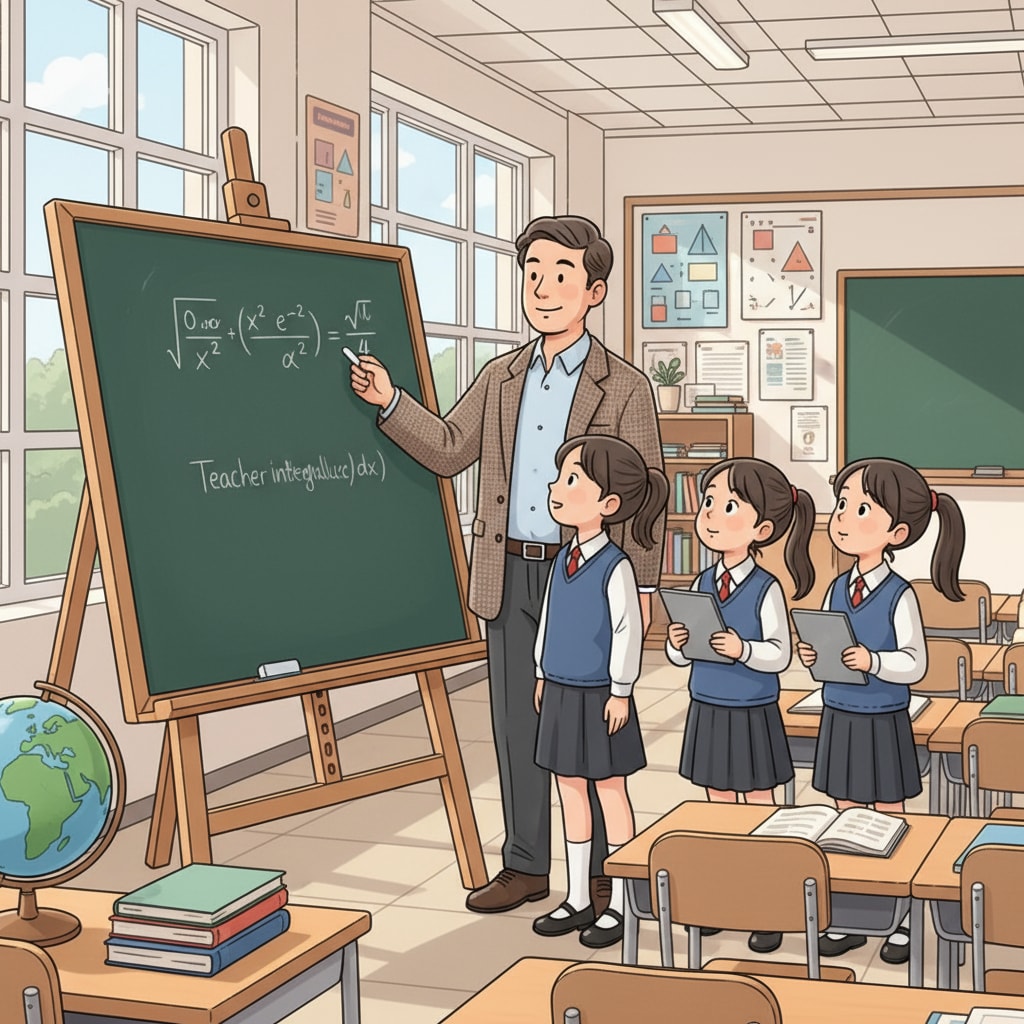The Blended Teaching Cycle Theory, as an innovative educational model, effectively combines the essence of instructional and facilitative teaching methods. This theory has revolutionized the educational landscape by creating a structured yet flexible learning environment. In this article, we will delve deep into its structure, theoretical basis, and analyze its advantages and limitations, providing educators with a practical framework for balancing teacher guidance and student self – learning.
The Structure of the Blended Teaching Cycle Theory
The Blended Teaching Cycle Theory operates through a five – step cyclic model. This model provides a systematic approach to instruction, ensuring that students receive a well – rounded education. The first step is “Instruction Delivery,” where teachers present new knowledge and skills to students. This is the traditional aspect of teaching, where the teacher imparts information in a clear and organized manner. For example, in a math class, the teacher might explain a new formula and demonstrate how to use it.

The second step, “Student Engagement,” focuses on getting students actively involved in the learning process. This could involve group discussions, hands – on activities, or online interactions. Through engagement, students start to internalize the knowledge they have received. The third step is “Formative Assessment,” where teachers gather information about students’ understanding. This can be done through quizzes, short assignments, or class discussions. Based on the assessment results, teachers can adjust their teaching strategies.
The fourth step, “Facilitation and Support,” is where the facilitative aspect of the theory comes into play. Teachers provide individualized support to students, helping them overcome difficulties and deepen their understanding. Finally, the cycle returns to “Instruction Delivery,” but this time, the instruction is more targeted and refined based on the insights gained from the previous steps.
Theoretical Foundations of the Blended Teaching Cycle Theory
The Blended Teaching Cycle Theory is grounded in several important educational theories. One of the key theories is constructivism. Constructivism posits that learners actively construct their knowledge based on their prior experiences. In the context of the Blended Teaching Cycle Theory, the instructional part provides the new information, while the facilitative part helps students connect this new knowledge with their existing understanding. Constructivism on Wikipedia
Another theoretical foundation is social learning theory. Social learning theory emphasizes the role of social interaction in learning. The student engagement step in the cycle, which often involves group activities and discussions, aligns with this theory. Through social interactions, students can learn from their peers, expand their perspectives, and develop important social skills. Social Learning Theory on Britannica
Behaviorist theory also plays a part. The formative assessment step can be seen as a form of behaviorist feedback. By providing timely feedback on students’ performance, teachers can reinforce positive behaviors and correct misunderstandings, guiding students towards better learning outcomes.

Advantages of the Blended Teaching Cycle Theory in K12 Education
In K12 education, the Blended Teaching Cycle Theory offers numerous advantages. Firstly, it caters to different learning styles. The combination of instructional and facilitative methods ensures that visual, auditory, and kinesthetic learners can all find suitable ways to learn. For example, the instructional delivery might appeal to auditory learners, while the hands – on activities in the student engagement step can benefit kinesthetic learners.
Secondly, it promotes active learning. The cycle encourages students to be actively involved in their learning process, rather than passively receiving information. This active engagement leads to deeper understanding and better retention of knowledge. Additionally, the continuous formative assessment allows teachers to identify struggling students early and provide targeted support, reducing the likelihood of students falling behind.
Limitations of the Blended Teaching Cycle Theory
However, the Blended Teaching Cycle Theory also has some limitations. One of the main challenges is the time and resource requirements. Implementing this theory requires teachers to design diverse teaching activities, conduct frequent assessments, and provide individualized support. This can be very time – consuming and may require additional resources, such as more teaching materials or technology.
Another limitation is the need for teacher training. Teachers need to be proficient in both instructional and facilitative teaching methods. This may require significant professional development, and not all teachers may be ready or willing to undergo such training. In addition, some students may have difficulty adapting to the more active and self – directed learning environment, especially if they are used to traditional teaching methods.
Readability guidance: This article has presented the Blended Teaching Cycle Theory in a clear and organized manner. Through short paragraphs and lists, key points have been effectively summarized. The use of external links provides further resources for readers to explore. By balancing different teaching approaches, this theory offers valuable insights for educators in the K12 context, despite its limitations.


